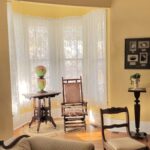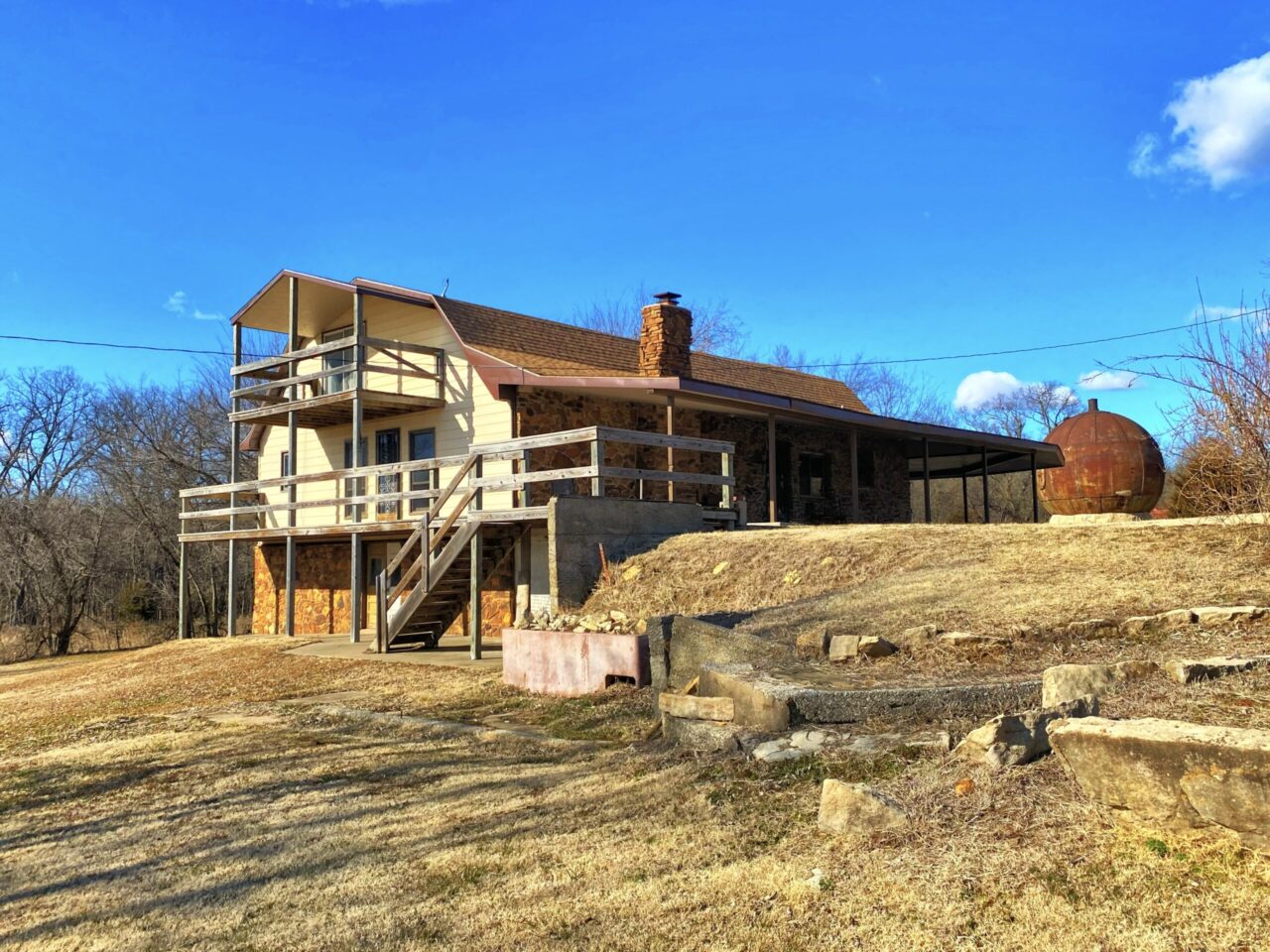William Inge Boyhood Home
From Humble Beginnings
Built in 1895, the clapboard home at 514 N. 4th St. in Independence, Kansas would one day be a nationally recognized historic site. The home was originally built for Clark Milligan who owned the acreage around the house where he raised horses and mules. He visited Mound Valley, Fredonia, Caney, and other communities to augment his herd. Some of these animals were sold to the military during WWI as U.S. Army cavalry mounts and draft animals. Mr. Milligan also clerked for D.G. Parks’ farm auction which marketed mules and horses in addition to other farm products. In 1914, the Inge family purchased the home, this transaction would mark a significant point in the history of the house. Marking it the birthplace of the Pulitzer Prize and Academy Award winning playwright, William Inge.
Life in a Small Town
William Inge based many of his works off his early influences from small town living and the house on 4th Street. He felt a deep connection to his roots and believed that living in a small community gave better insight to the human condition. While giving an interview in 1970, Inge said: “I’ve always been glad that I grew up in Independence, because I feel it gave me a knowledge of people and love of people. I’ve often wondered how people raised in cities ever develop any knowledge of humankind. People who grow up in small towns get to know each other so much more clearly than they do in cities… Independence lies in the very heart of our country, and so maybe its people have more heart in human affairs. Big people come out of small towns.”

William Inge’s works are rooted so deeply in his life in Independence, that we often see the home on 4th Street echoed in set designs. This is perhaps referenced most famously in his play The Dark at the Top of the Stairs. This set design not only depicted the wide front porch, but also an interior hand carved staircase that was “dark at the top.” When the upstairs lights are off, it gives the illusion to a person facing the staircase that the stairs are ascending into darkness.

Such similarities referencing his childhood home can be found in many of his plays, including Picnic where the action of the play unfolds on the porches and in the yards of two houses that sit close to one another in a small Kansas town.
Queen Anne Style
A typical Queen Anne home is the picturesque massing of a variety of shapes, the contrast of materials, irregular rooflines, decorative shingled gables, bay windows, and asymmetrical composition. In America, the style found an exuberant expression in wood and frequently featured Classical columns. As the home at 514 N. 4th Street was initially built on a farmstead, it has many features that nestle it well into the Queen Anne style, while being less extravagant and more practical.

This two-story, 2,290 square foot home has many characteristics typical of the Queen Anne style: an irregular footprint, a hipped roof with lower cross-gables, clapboard siding with patterned shingles in the gable ends, two brick chimneys, bay windows, and a large wrap-around front porch. A unique feature lies within the patterned gable shingles. While most shingles are laid in a fish-scale design, other shapes form triangles and scallops that surprise the eye.
The home still has many features from the years William Inge resided here, such as the front door, numerous windows, wood floors, plaster ceilings and walls, the carved staircase, as well as historic trim and fixtures that remain throughout the house.
The William Inge Festival Foundation/William Inge Theatre Festival
The William Inge Festival Foundation was founded in 1981 and supports all William Inge Center for the Arts programs. The Foundation aids with Inge Theater Festival expenses, such as bringing in guest artists and sustaining educational outreach. It also owns and maintains the historic William Inge Family Home, used as a playwright and artist residency.
The William Inge Center for the Arts was founded in 1982 on the campus of Independence Community College in Independence, Kansas. It is named in the celebration and memory of Pulitzer Prize and Academy Award-winning playwright, William Inge, who is a native of Independence and a graduate of Independence Community College. The Inge Center’s showpiece event is the four-day William Inge Theatre Festival which was named the Official State Theatre Festival of Kansas, as designated by the state legislature in 2010. Year-round programs include the professional Playwrights-in-Residence program. Working playwrights come to live in William Inge’s historic family home and are provided time and development resources to work on new projects.
To donate to the Inge Festival Foundation, follow this link: http://ingecenter.org/donate-inge
Resources
The William Inge Festival Foundation
A Guide to Historic Homes in Independence, KS; by Ken D. Brown
Ken Brown, local historian and author
The Visual Dictionary of American Domestic Architecture; by Rachel Carley
Dr. Isaias McCaffery, Professor of History, Independence Community College
National Register of Historic Places Registration Form, William Inge Boyhood Home























